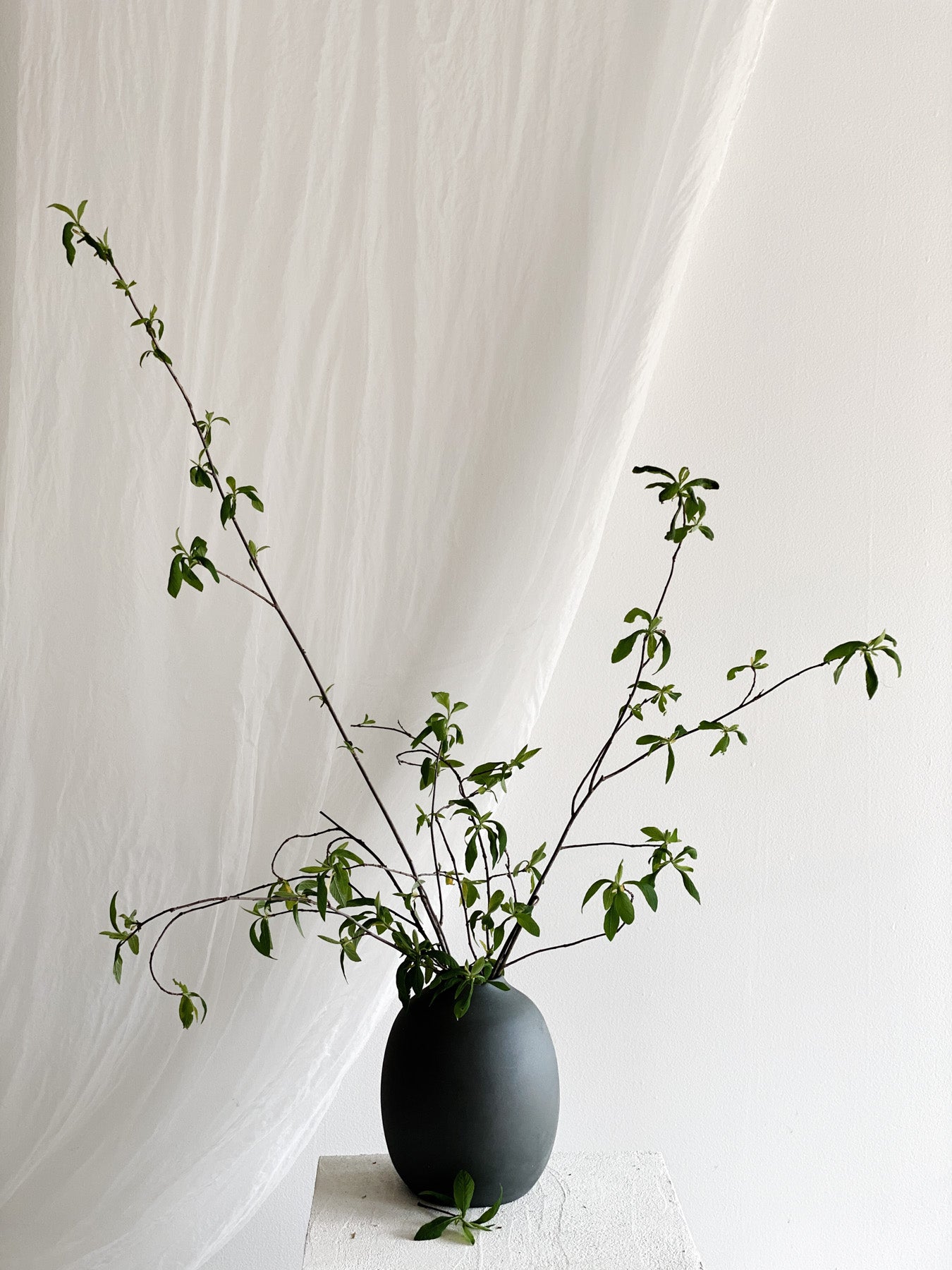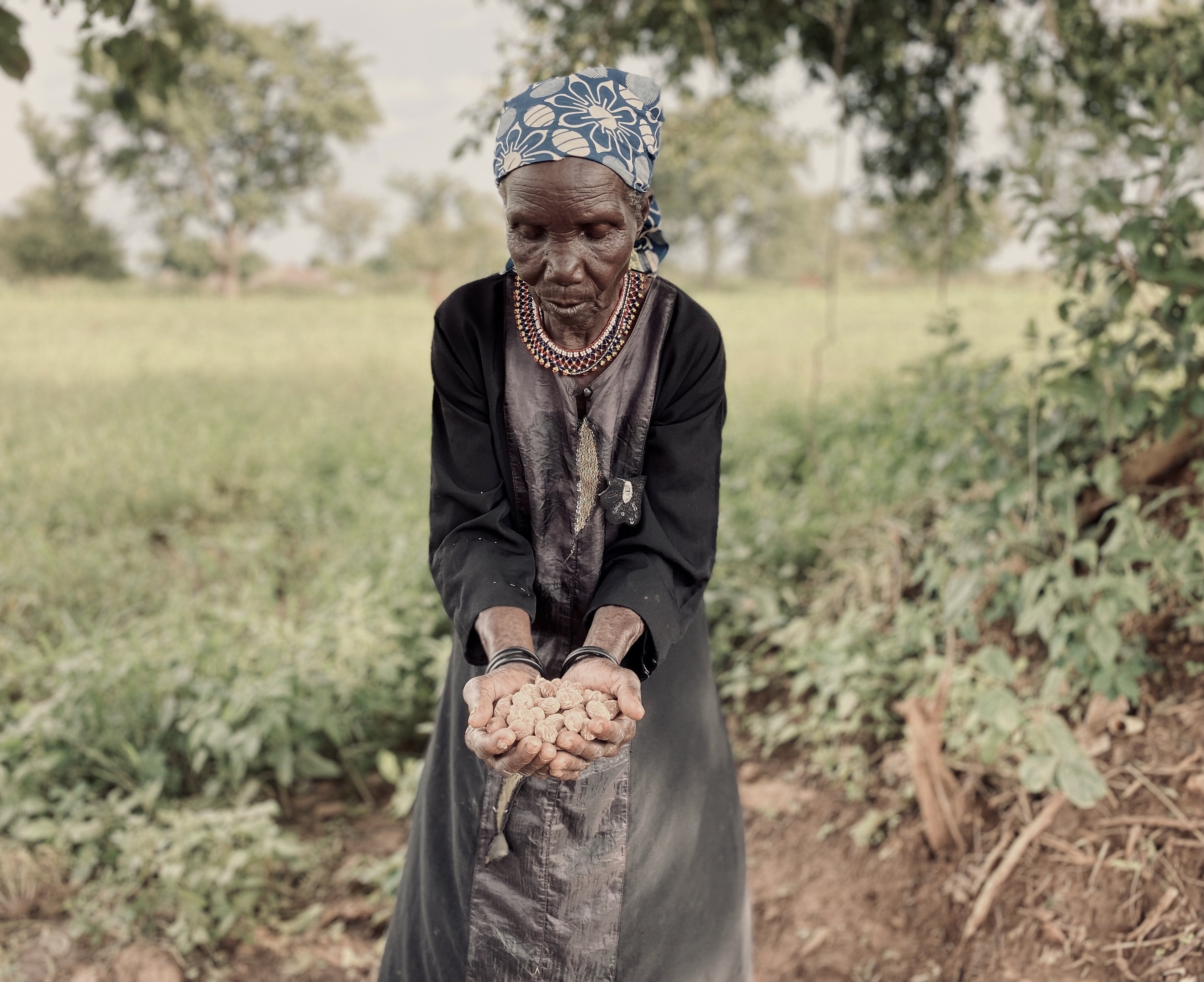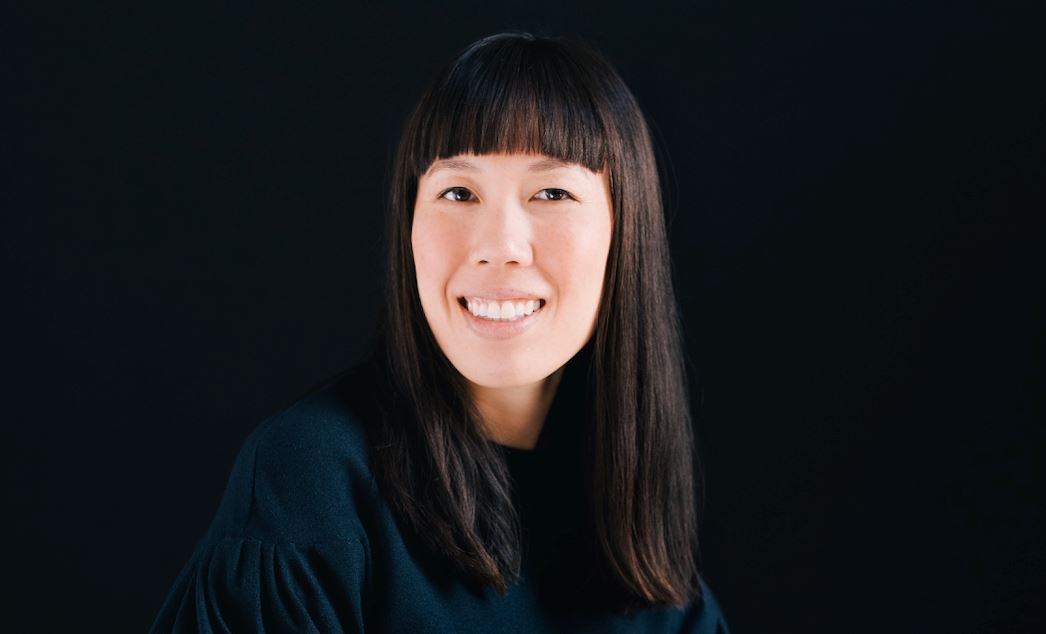In practice:
THE ART OF CREATING a wild foraged bouquet
Through the Lens of The Wild Bunch

In Practice is our series featuring creatives, makers and visionaries who inspire us in how they approach their craft, their environment and their lives.
Founded in 2014, by Alexandra Schulze and Nassi Soofi, two self-taught floral designers, The Wild Bunch truly embraces freestyle floral design, inspired by nature and driven by experimentation and exploration.
With the arrival of spring and flowers blooming, we wanted to launch our first entry of the “In Practice” series with The Wild Bunch, where we learn the art of floral freestyle design; creating an elegant, simple foraged bouquet. Whether it's to bring the brightness and warmth of spring into our home or to create a personal gift for a loved one, each bouquet is breathtakingly unique.


GATHER YOUR INGREDIENTS
Forage your favourite seasonal flowers and branches from your backyard, a back alley or pick up special stems at your local flower shop.
There is no “going wrong” here; simply pick what catches your eye. It could be very big stems or tiny little buds. It could be using a single ingredient or mixing a variety.
If you are choosing stems with buds, it's always better to go with the ones that haven't fully opened yet, so that when they are in your bouquet they slowly start to blossom.
Here we used quince, willow, butterfly ranunculus, huckleberry berry, and salmon berry.
*Please avoid parks, public spaces and forests and private properties.

Nassi from The Wild Bunch picked out the Obakki Bol Vase in large for this spring bouquet.
CHOOSE YOUR VASE
As you build your bouquet, you want all of your leaves to be above the water line (just bare stems in the water) because if they touch the water, bacteria will grow and your bouquet will start to die.
"It comes down to how you use your ingredients. Use the different scales and empty space to bring out the unique forms and shapes. With that in mind, you can make any bouquet a statement of art."

CREATING SHAPE
For stems, work with their unique form and trim off the extra pieces to further define that shape.
Enhance the beautiful lines already present in the stem, and edit the extra branches and leaves around it to further highlight that line.
Keep the trimmed off pieces - they will come in handy later as we build our bouquet.



CREATING LENGTH
To do this, gather your tall stems and start adding them to the back, tilting them outward. This will create a feeling of expansion in your arrangement.

CREATING SCALE
Using varied stem lengths to draw the eye throughout the arrangement, remember to keep shorter stems to the front, taller to the back.
We find that creating asymmetry is always interesting and helps to define the shape of your bouquet.
Tip: When we build our bouquets, we love having an element of unexpectedness or some kind of surprise to the scale. This sudden shift will enhance the overall arrangement.
"A rule of thumb for making any bouquet stand out:
place shorter ingredients at the front and taller ingredients at the back. Then play with the natural shape of the stems to create empty spaces between them."

CREATING SPACE
You want each stem to have its own space. Negative space highlights each ingredient.
Another way to look at is, if your bouquet becomes overcrowded, the beautiful lines and definitions in your stems get lost.
As you're adding in stems, don't be afraid to edit out any extra side branches to further augment that space.

CREATING DIMENSION
From the earlier steps, the tall stems in the back created scale. Now we want to move to the front and bring depth and dimension to the arrangement. In other words, adding volume. We accomplish this by adding smaller ingredients to the front.
Use your shorter stems, scrap stems or flowers. These are elements that you can easily find at your local florist.
Start adding them into the front, leaning them towards the outer edges, to bring the bouquet together.



THE FINAL TOUCH
Once the design is finished, place it in a clean space with a blank background, you’ll be able to see any details that may be out of place. You can always add some extra elements as a final touch!
The Wild Bunch is located at 1525 West 6th Ave - their work is available for order online at thewildbunch.ca or follow them on instagram @the_wildbunch
FROM THE COLLECTION
From the rich, varied traditions of the pottery communities of Oaxaca, to the refined, timeless ceramics of Jalisco, or the sculpted pieces from the beaches of Byron Bay, our collection of handmade pottery from around the world celebrates ancient craft and slow design.


Related Posts
The Problem With Palm Oil
Palm oil production is wiping out ancient forests, endangering wildlife and destroying communities, discover why Obakki’s natural soap collection is palm oil free.
DESIGNER INTERVIEW SERIES: Andrea Rodman
These days, I am definitely inspired by Japanese design more and more; the simplicity and warmth behind their design approach often capture my admiration and inspire me with their approach to joinery and craftsmanship. I am also a big fan of Japandi design, which blends Japanese design influences with Scandinavian design, two of my favourite aesthetics.
DESIGNER INTERVIEW SERIES: Christine Lin
Back in 2014, I made a solo pilgrimage to Naoshima, an island west of Osaka, known for its art. It has amazing museums designed by Tadao Ando, a favorite architect of mine, and there’s various art installations and art houses scattered around the island.








